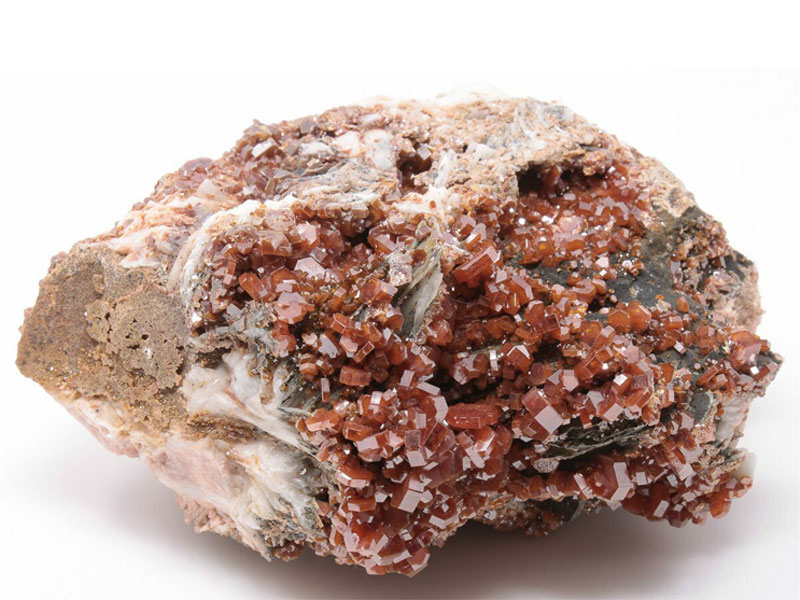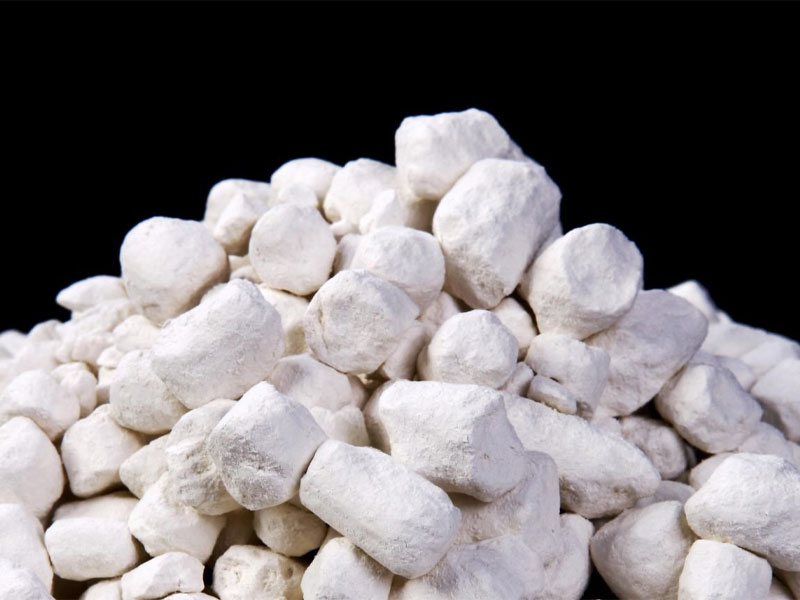Introduction
Kaolin, also known as china clay, is a fine, white powder derived from the natural weathering of aluminum silicate minerals such as feldspar and granite. Its remarkable properties have led to its widespread use in various industrial sectors, making it an indispensable resource for countless manufacturing processes.
The Origins of Kaolin
Kaolin deposits can be found in various parts of the world, including the United States, Brazil, China, and the United Kingdom. The formation of kaolin involves the decomposition of rocks and the removal of impurities through natural processes. The resulting mineral is a soft, white clay that can be easily mined and processed.
Kaolin in the Paper Industry
Enhancing Paper Whiteness and Smoothness
One of the primary uses of kaolin is in the paper industry, where it acts as a filler and coating pigment. Kaolin is added to paper pulp to improve its brightness and smoothness, resulting in high-quality paper products.
Improving Ink Absorption
Kaolin’s ability to enhance ink absorption is crucial for the printing industry. When used as a coating in glossy paper, it prevents ink from spreading, ensuring sharp and vibrant print quality.
Read More: Bentonite
Kaolin in Ceramics and Pottery
Enhancing Clay Properties
In ceramics and pottery, kaolin serves as a crucial ingredient, improving clay’s workability, plasticity, and firing characteristics. It also reduces shrinkage during drying and firing.
Aiding in Glaze Formulation
Kaolin is a key component in glaze formulation, providing a smooth and glass-like finish to ceramics and pottery. It also aids in controlling the glaze’s melting temperature.
Kaolin in the Cosmetics and Personal Care Industry
Skin-Friendly Absorbent Properties
The cosmetic industry benefits from kaolin’s absorbent properties, making it an ideal ingredient for face masks, powders, and makeup products. Kaolin gently absorbs excess oils, leaving the skin feeling fresh and rejuvenated.
Dental Applications
Kaolin is used in toothpaste formulations for its mild abrasive properties, helping to remove plaque and stains without harming tooth enamel.
Kaolin in the Rubber Industry
Reinforcement of Rubber Compounds
In the rubber industry, kaolin acts as a reinforcing filler, enhancing the strength and durability of rubber compounds. It also improves resistance to abrasion and wear.
Improved Performance and Durability
Products such as tires, conveyor belts, and automotive components benefit from kaolin’s contribution to improved performance and longevity.
Read More: Wikipedia
Kaolin in Pharmaceuticals
Pharmaceutical Excipients
Kaolin is employed as an excipient in pharmaceutical formulations, aiding in the binding of tablets and the suspension of liquids. It also serves as an adsorbent in antidiarrheal medications.
Drug Formulation and Delivery
Kaolin nanoparticles are being explored for drug delivery systems, offering controlled release and targeted drug delivery, especially in cancer treatment.
Kaolin in Agriculture
Soil Enhancement and Crop Protection
Agriculture benefits from kaolin’s use as a soil conditioner. It improves soil structure, reduces water loss, and acts as a natural defense against pests and diseases in crops.
Animal Health Benefits
Kaolin is used in animal feed to alleviate digestive issues in livestock. It acts as an anti-caking agent and supports overall animal health.
Kaolin in Paints and Coatings
Opacity and Pigment Extender
In the paints and coatings industry, kaolin is used to increase opacity and extend the life of pigments. It also improves paint adhesion to surfaces.
Rust Prevention
Kaolin-based coatings are employed for corrosion protection in various industries, including automotive and marine.
Kaolin in Plastics
Reinforcing Thermoplastics
Kaolin is added to thermoplastics to enhance their mechanical properties, making them stiffer and more impact-resistant.
Flame Retardant Properties
In some plastic applications, kaolin acts as a flame retardant, reducing the risk of fire.
Kaolin in Construction Materials
Concrete Additive
Kaolin improves the workability and durability of concrete, making it an excellent additive for construction materials.
High-Quality Tiles and Ceramics
In the production of tiles and ceramic products, kaolin ensures a smooth finish and vibrant glaze.
Kaolin in the Energy Sector
Fracking Fluids
Kaolin is used in hydraulic fracturing (fracking) fluids to control fluid loss and improve wellbore stability during drilling operations.
Catalysts for Refining
In the energy sector, kaolin-based catalysts are employed in the refining of petroleum products.
Environmental Applications of Kaolin
Wastewater Treatment
Kaolin is utilized in wastewater treatment to remove impurities and clarify water, contributing to environmental sustainability.
Air Pollution Control
In air pollution control, kaolin-based materials are used to capture and remove harmful pollutants from industrial emissions.
The Future of Kaolin: Innovations and Advancements
As industries continue to evolve, kaolin remains at the forefront of innovation. Ongoing research explores new applications and improved processing techniques, ensuring that kaolin will continue to be a vital resource in the years to come.
Read More: Salt
Conclusion
In conclusion, kaolin’s versatility and unique properties have secured its place as a valuable mineral across various industrial sectors. From paper production to pharmaceuticals, cosmetics to construction, and even environmental applications, kaolin continues to play a pivotal role in enhancing product quality and sustainability.










